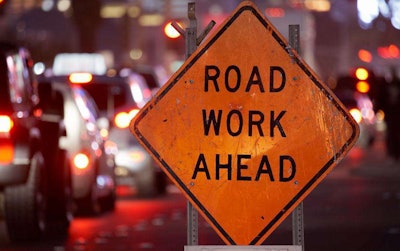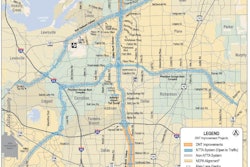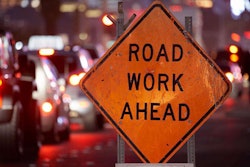
As Congress discusses emergency economic relief in response to the coronavirus pandemic, the American Association of State Highway and Transportation Officials recommends political leaders look to road construction as a way to rev up the economy.
“Increased investment in transportation infrastructure has time and again proven to provide the optimal boost to the economy during a major crisis,” reads a March 18 letter from AASHTO to congressional leaders, “and these benefits go well beyond short-term construction jobs maintained and supported.”
Meanwhile, the federal government’s funding for transportation infrastructure continues to fall further behind, facing a shortfall even before the coronavirus outbreak. The letter cites U.S. Department of Transportation statistics that show the transportation investment backlog reaching $786 billion for highways and bridges and $116 billion for transit.
Boosting transportation funding, the letter says, “will enable businesses to manage inventories and move goods more cheaply, access a variety of suppliers and markets for their products, and get employees reliably to work.”
“Ultimately, by doubling down on transportation investment, American families and businesses will be able to get back on their feet much sooner than in the absence of action to shore up our capital needs in transportation.”
States facing declining transportation revenues due to coronavirus
As it calls for more long-term funding, AASHTO also warns that state transportation budgets will be strapped in the short-term as gas-tax revenues and user fees drop due to coronavirus.
The association estimates a 10 percent decrease in highway-related revenues for the next two fiscal years. It asks Congress to add $16.7 billion in federal highway funding to states to shore up those revenues.
“This additional funding will allow states to continue to address their critical transportation needs while also allowing state resources to be directed to the most immediate public health needs to minimize the impact of COVID-19,” the letter says.










